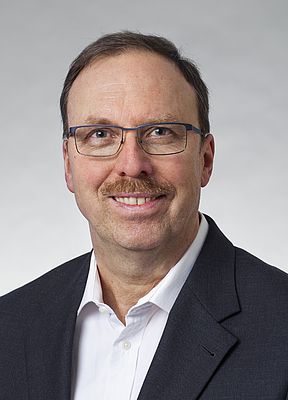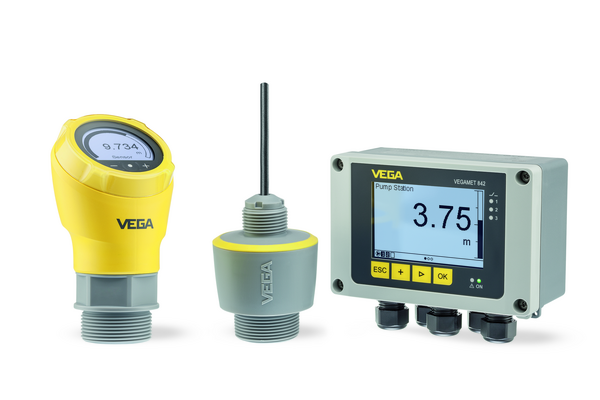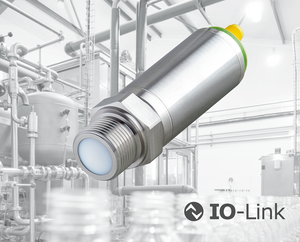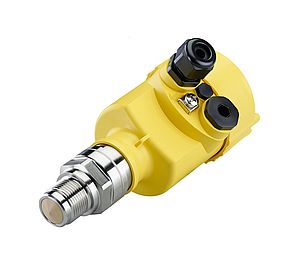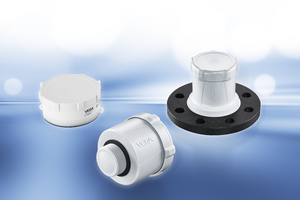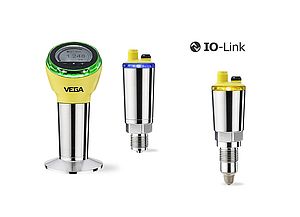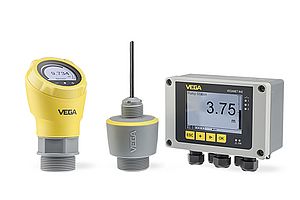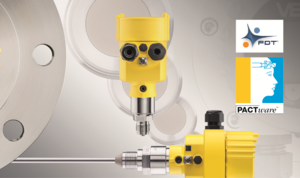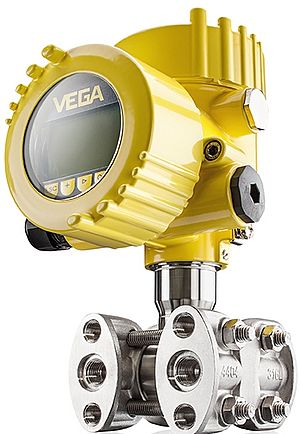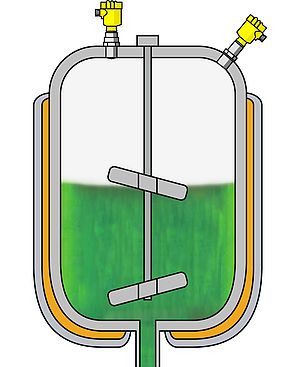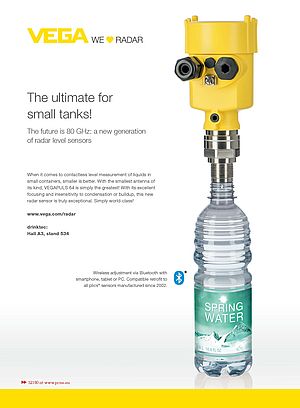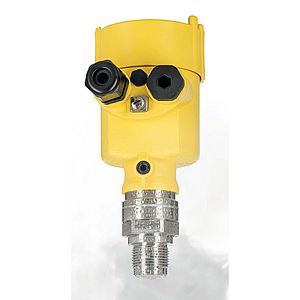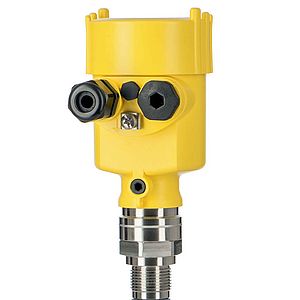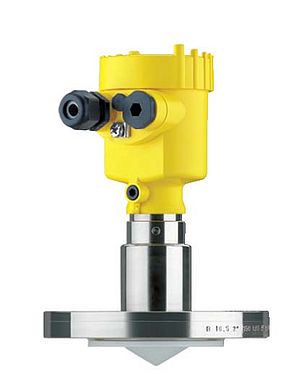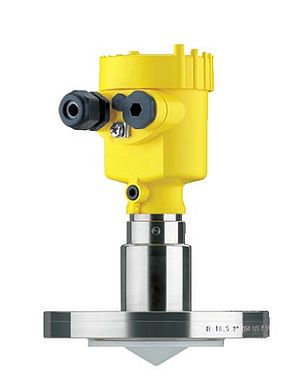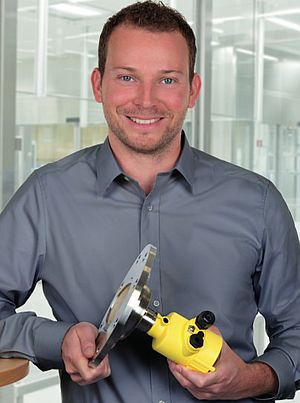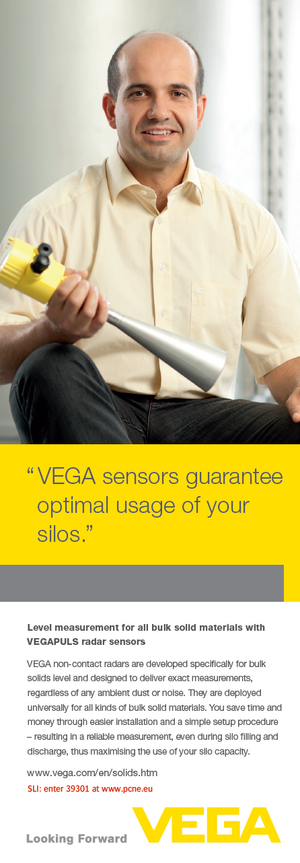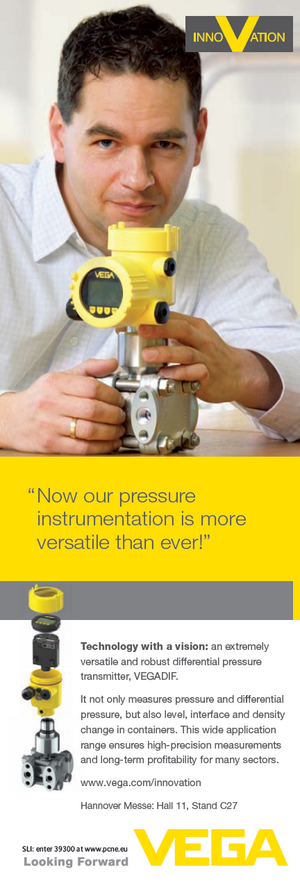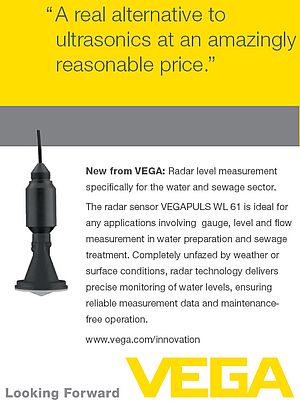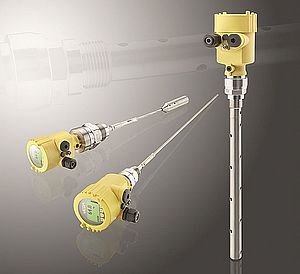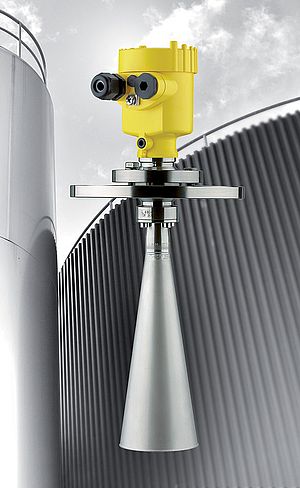PCN Europe: VEGA is well known as a pioneer in radar measurement technology, after being at the forefront of this field for the last thirty years. Now you have introduced a new series of sensors. For which applications can the sensors be used and what makes them so special?
Jürgen Skowaisa: Radar used to be a special technology for complex applications where other technologies failed. Radar sensors are designed for a wide pressure and temperature range, which is what makes them expensive. In a lot of applications there are no high temperatures or pressures, but radar would still be the ideal technology. Those are the applications we are focusing on with the new radar devices. Our main focus is the water and wastewater industry, where ultrasonic is still the most commonly used technology. But there are many other applications in which radar has often proved to be the best choice, e.g. in power plants, but also in small chemical tanks as well as in applications in the food and beverage industry that have lower demands on hygienic design. We also see great potential in the bulk solids industry, from building materials to various applications in pet food production. The main advantage of radar – in comparison to other measuring principles – is that it is not affected by the process conditions and the measured product. Radar is truly a universal technology.
PCN Europe: For the new series you actually started from scratch, designing a completely new radar microchip. How long did that take and what features did you focus on in the design process?
Jürgen Skowaisa: Radar is being used more and more in the automotive industry. There are now radar modules for use in simple distance measuring systems. However, these modules are not suitable for radar level sensors that have to meet the high demands of industrial process automation. Their power consumption is too high and their frequency ranges don’t fit. That’s why we decided to design our own radar chip optimized for level measurement. Working with a microwave semiconductor design company and a semiconductor manufacturer with broad experience in high frequency technology, it took us three years to create the final version of our own radar chip – perfectly designed for a new generation of radar sensors. During its development, our main focus was on low power consumption, an optimized frequency range for level measurement as well as high accuracy.
PCN Europe: So you are now able to deliver new sensors with a very competitive price compared to ultrasonic sensors. What are their main advantages from a technological point of view?
Jürgen Skowaisa: When comparing sound waves with electromagnetic waves, you’ll see many differences. Sound waves are strongly influenced by temperature, pressure and different gases – the result is significant inaccuracy, as these effects cannot be easily compensated. If an ultrasonic sensor is mounted outdoors, it needs a sun shield or an external temperature sensor to compensate for the heat generated by sunlight. In bulk solids applications, dust and filling noise cause huge problems for ultrasonic measurement because dust absorbs the sound waves and the intense noise makes it difficult to detect the echoes. Radar signals, on the other hand, are not influenced at all by such conditions. This makes radar sensors universal, highly reliable and extremely accurate.
PCN Europe: What’s the difference between the new sensors and the other radar sensors produced by VEGA up to now?
Jürgen Skowaisa: Our typical radar sensors are always customized to meet the requirements of the particular application and industrial sector, for example when it comes to process fittings, and also to fulfill the special wishes of our customers. The sensors come with the certifications and approvals required by each individual industry. We offer standard plastic housings as well as metal housings of aluminum or stainless steel. But no so-to-speak “standard sensors” are kept in stock. The new radar devices are made for standard applications with standard process conditions. For these applications, no sensor variety is required, and a process fitting made of chemically resistant PVDF fits them all. This enables us to offer radar technology at a very competitive price.
PCN Europe: Explosion protection and communication are two important criteria when it comes to a decision in favor or against products. In which environments can the new sensors be used and what are the interfaces you can provide?
Jürgen Skowaisa: Even in simple applications, it is sometimes absolutely necessary to use an sensor. VEGA provides all essential approvals for use in hazardous areas, for gas and dust applications. The encapsulated sensor for gas in Zone 1 or 2 is completely new. With this version, it’s not necessary to provide an intrinsically safe power supply. The sensor can be directly connected to a PLC without any barriers, which makes it very easy to use a radar sensor. A loop-powered analogue signal of 4 … 20 mA is perfect for more than 90% of all applications. VEGA also provides Modbus and the SDI-12 standard protocol for the hydrological market.
PCN Europe: Radar measurement used to be a kind of last resort for niche industries showing a very healthy development up to the present. What are you expecting for the next five years?
Jürgen Skowaisa: Level measurement with radar technology has never been so attractive. The new microwave technologies enable us to design instruments for applications we had never even considered before. Together with high capacity batteries and new wireless communication standards, such as LORA, we now have the technology to design wireless radar sensors for totally new areas of use. Radar is perfect for industry 4.0 and all related, cutting-edge applications.
PCN Europe: Thank you for these insights.



